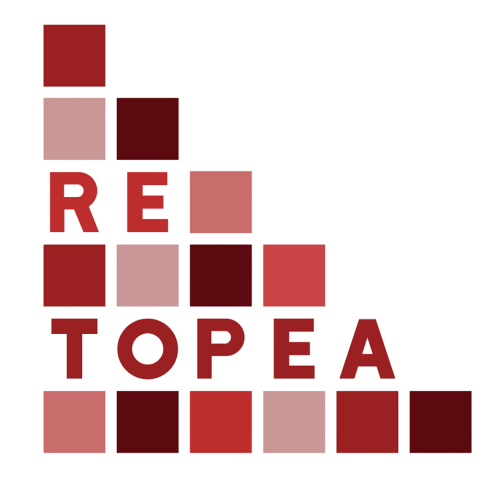Reseachers

The name RETOPEA (Religious Toleration and Peace) refers to a H2020 project with that name that ran between 1 May 2018 and 31 October 2022 but is continued as a platform since then. The main aim of the project was to develop tools to promote religious toleration and peace among young people. We opted for an original approach of ‘learning with history’, in which history provided inspiration as well as a safe space to think about religious toleration and peace in the present.
In a first phase we studied a series of religious peace treaties from European and non-European history, from which we extracted a series of clippings : source extraits with context that could be used in different educational settings and in particular to make docutubes (see below. A collective volume on possible educational uses of clippings is in the making). We also examined diverse ways in which religious diversity past and present is represented in diverse media contexts and where young people get their ideas and information from: school textbooks, museums, TV-series, YouTube videos, as well as in political discourse and places of interconvictional interaction, and likewise selected clippings from it. This research, the results of which is published in a collective volume Riho Altnurme, Elena Arigita and Patrick Pasture (eds), Religious Diversity in Europe: Mediating the Past to the Young (London: Bloomsbury Academic, 2022), offers a very diverse image of religion and religious diversity in today’s society, quite different from the traditional narratives of ‘decline’ or of religions as source of violence. Focus group discussions with youth furthermore showed how young people have a very presentist image of religion, but also are very wary of images distributed by popular media and politics, which they perceive as biased against religion.
In a next phase, we developed docutubes as a creative, dynamic approach to helping young people think with history about religious diversity, past and present in both formal and informal settings. Young people are invited to think about issues of religious coexistence on the basis of the clippings produced by the project and to make a- short documentary – a ‘docutube’ – similar to a vlog. It provokes their creativity and collaboration, but also invites them to reflect and discuss in a safe context. We tested the process in diverse settings throughout Europe. We also developed a Badged Open Course in different languages to teach educators to work with docutubes.
Finally the main conclusions and policy recommendations for interconvictional dialogue and education are formulated in two reports that one can find here and that have been promoted widely.
All results of the project, including the database with clippings and some docutubes, are accessible on this platform.
